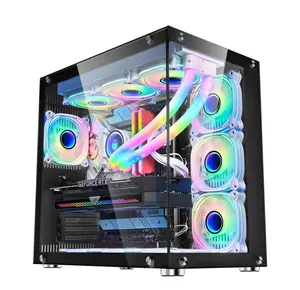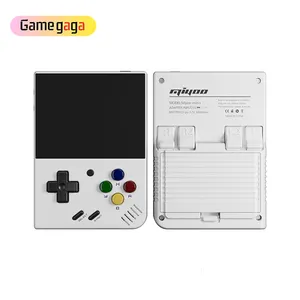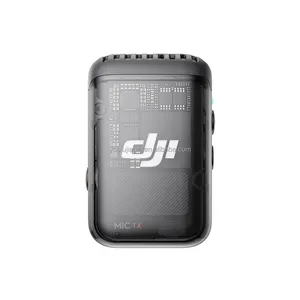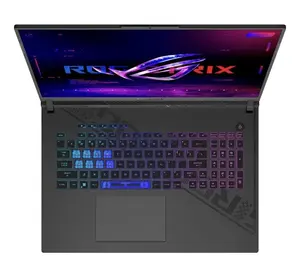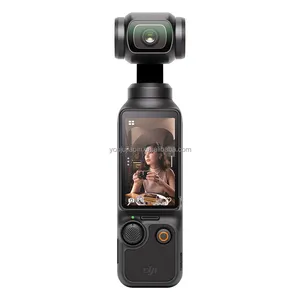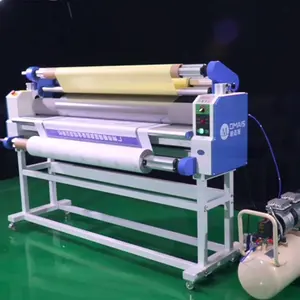





거품 자유로운 열 압박 테이블 박판 기계 가격 평상형 트레일러 도포구 Laminator 기계를 조립하게 쉬운 L1011
THB 258,209.35 - THB 309,821.71
최소 주문량: 1 세트






HongHua HHLH01Multilayer 고품질 핫멜트 접착제 도트 패브릭 섬유 라미네이팅 기계 가격 섬유 플란넬
THB 332,030.88 - THB 442,707.84
최소 주문량: 1 세트













핫 세일 두 배 벨트 Laminator 기계 섬유 특별한 물자를 위한 자동적인 YH-001 두 배 벨트 편평한 침대 박판으로 만드는 기계
THB 3,689,232.00 - THB 4,427,078.40
최소 주문량: 1 세트





PVC 광고 상점 용 수동 냉간 라미네이터 650mm 750mm 카톤 라미네이팅 머신 섬유 25 와이어 메쉬 라미네이팅 머신
배송 준비 완료
THB 3,320.31 - THB 4,427.08
최소 주문량: 1 개
조각 당 선박: THB 1,727.30












뜨거운 용해 BOPP 플레스틱 필름 롤 laminator 전 입히는 서류상 박판 영화 코팅 기계 열 영화 박판으로 만드는 기계
배송 준비 완료
THB 14,756.93 - THB 22,135.40
최소 주문량: 1 세트
조각 당 선박: THB 14,132.35



























350mm 얇은 필름 라미네이팅 기계, 전문 롤러 라미네이터 기계
배송 준비 완료
THB 4,796.01 - THB 6,271.70
최소 주문량: 1 유닛
조각 당 선박: THB 1,835.77











FM360 A2 A3 A4 탁상 small 열 라미네이터 열 냉 라미네이팅 기계
배송 준비 완료
THB 11,067.70 - THB 12,912.32
최소 주문량: 1 세트
조각 당 선박: THB 9,898.95
상위 카테고리
라미네이팅 기계 섬유 정보
Alibaba.com은 22877 라미네이팅 기계 섬유 상품을 제공합니다. 다양한 라미네이팅 기계 섬유 옵션을 선택할 수 있습니다. 예: 인쇄 상점, 광고 회사, 제조 공장. 미국, 필리핀, 이집트 라미네이팅 기계 섬유 등을 선택할 수 있습니다. 모터, plc, 기어 라미네이팅 기계 섬유 등도 선택할 수 있습니다.라미네이팅 기계 섬유 음식, 음료,섬유등도 가능합니다.
